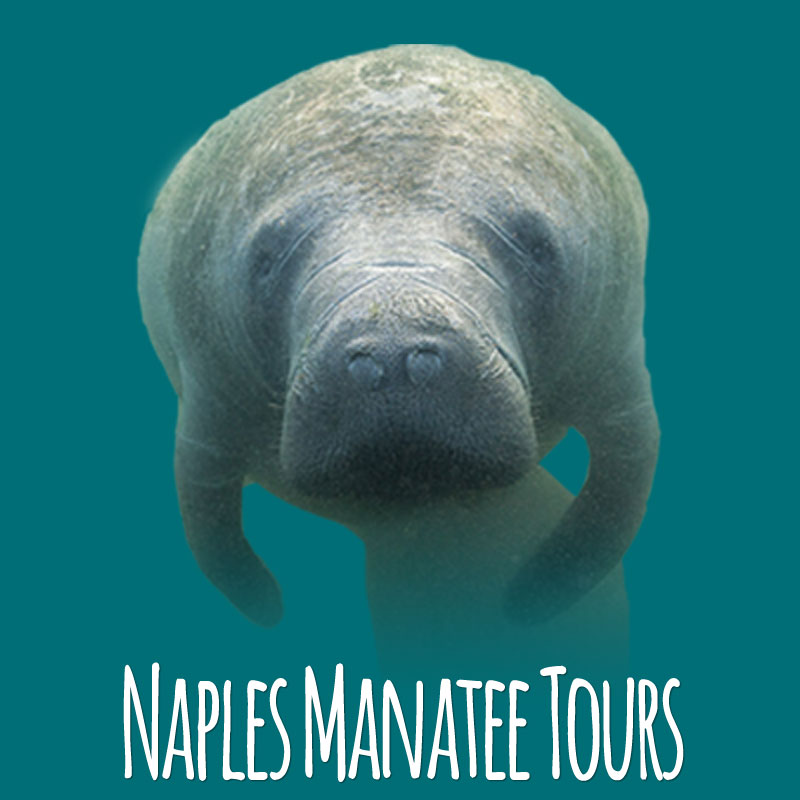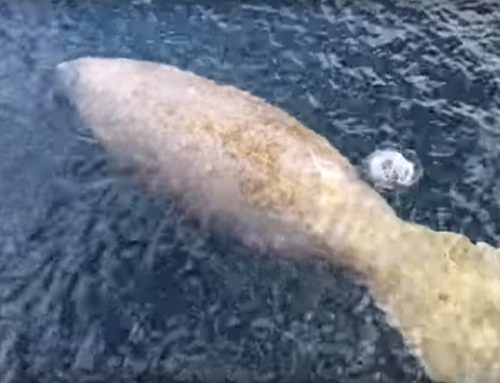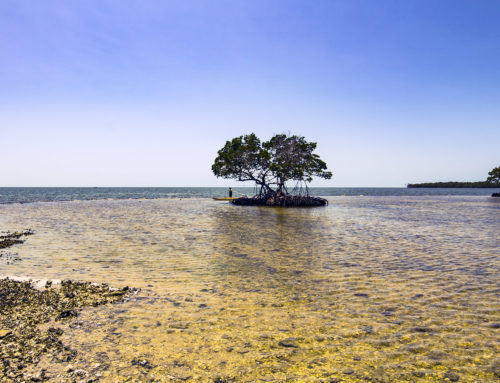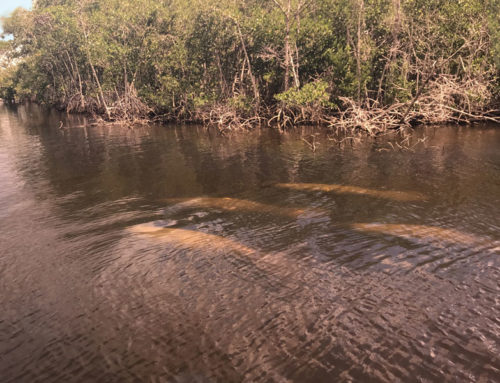Summer Manatee Season
Manatee season is summer in July in Florida. Lots of manatees can be seen near our beaches, Coastal areas, and barrier islands. A day at the beach and summer in Florida can often be a day to remember when the manatees show up.
Manatees are in Florida year-round but there are really two times of the year that you can find manatees more than other times. Summertime is mating season for manatees so it’s a great time to find large mating herds which can often be some the most spectacular viewings all year. When manatees are mating they are often in shallow water and can be seen up close.
Manatee mating herds are very interesting. A herd is a group of manatees. Often called “sea cows”, manatees do have a lot of similarities with cattle. Although manatees live by themselves, There are two times of the year when you’ll find large groups of them. One is during mating season. The other is in the winter when the water gets cold.
During mating season, manatees can be found in mating heard swimming through the waters of Southwest Florida. The mating herd consists of a female manatee that has gone into heat, and all the male suitors that will follow her around as she swims. The male manatees will follow the female for days if not weeks. Eventually, the female manatee will choose one or several males to mate with. Survival of the fittest is seen in the selection process. Often it is the strongest males or the ones with the most endurance that will become the ones that father the next baby manatee. This most likely helps make sure the gene pool is as strong as possible.
In our local area around Naples and Marco Island you can find manatees in several places. Sometimes it seems like the manatees are everywhere in the summer when they are mating. Some of the best places to find manatee herds are Caxambas Pass near Marco Island, the Gordon River near Naples, and the Faka Union canal in the 10,000 Islands.
When you see him mating herd in the water, you’ll know it. The group size and formation will ensure that it is mating herd. The manatees will make a vee formation that looks like birds flying in the sky. The female will be at the front of the vee followed by the males. There may be as few as two males following the female, or as many as a dozen. Often you’ll see the males jockeying for position, trying their best to be the one that’s right behind the female. Younger and weaker male manatees may fall back to the rear of the group. They may lose interest in the mating procession and leave the group entirely.
When it comes to actually mating, the Manatee show is pretty hard to miss. One of the most spectacular things you’ll ever see manatees do is mate. Male Manatees are capable of mounting the female, bursting with a speed that is almost unfathomable. This helps the mail to elevate in the water and get on top of the female. When they make this action, there is a lot of splashing in motion in the water. Often Manatees will mate for lengths that range from several hours to a day or two. They prefer to mate in shallow waters as the ground will help give them some friction. Many times you’ll see the same mating herd in the same area for several days. They will take breaks from mating to rest, and you’ll often see them resting at the top of the water column.
Winter Mating Season
Winter is the other manatee season in Florida. The West Indian Manatee’s Habitat is limited by water temperature. When the water is cold in the wintertime Manatees have to swim south to stay warm. When the water temperature is below 68°, Manatees can become hypothermic and even die if they get too cold. Cold-water exposure is actually the largest killer of manatees.
The winter season for manatees is in January and February for the most part. As the manatees swim south to stay warm, they end up in South Florida. You can find them usually south of Fort Myers on the gulf coast, In Fort Lauderdale on the Atlantic coast. The manatees will often be in large groups staying warm together and warm areas. It is natural freshwater springs and power plants are some of the best places to find manatees congregating in the wintertime.





Leave A Comment